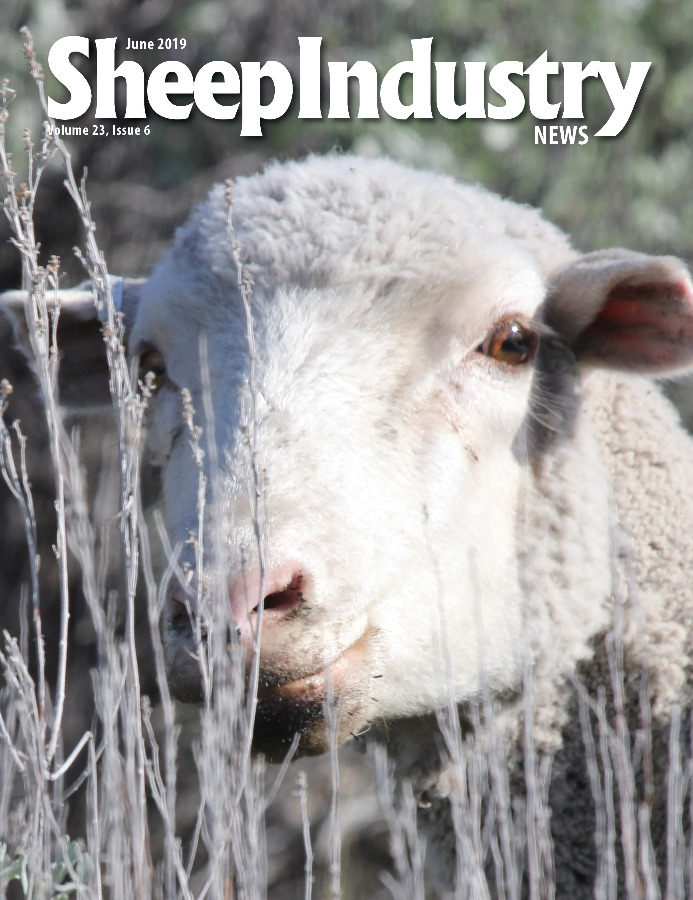JULIE STEPANEK SHIFLETT, PH.D.
Juniper Economic Consulting
Last year was a good year as many wools brought $3 per lb. greasy. But this year, prices are even higher. Some clips are receiving $4 per lb. greasy as Western wools go to market. Each year Western wools are better prepared, and even finer as genetic investments are adopted.
This spring, raw wool prices were 4 to 5 percent higher compared to the spring of 2018, and wool was generally cleaner – 2 to 5 percent cleaner. While greasy wool often yields 50 percent clean, some yields were in the upper 60 percent yield range – which is on par with Australia.
Among Western wools traded in April, some were graded short, as if they were undergrown, and barely had 12 months of growth. Some wools were 2 to 2.5 inches long, and those that did make the 3 inch staple length threshold, were barely 3 inches long. Wools were shorter, but not tender, which is good for overall quality.
Nearly 1 million lbs. of clean wool sales were reported on May 10. For Fleece States, 20 micron brought $6.29 per lb. clean, 22 micron saw $5.79 per lb., and 24 micron averaged $5.11 per lb. In the Territory States, 18 micron averaged $6.61 per lb. clean, 20 micron brought $6.41 per lb., 22 micron averaged $6.12 per lb., 24 micron brought $5.13 per lb., and 26 micron averaged $3.54 per lb. Prices are reported at the wool warehouses, original bag or square pack, bellies out, some graded, and 76 mm or longer (3 inches).
In the second week of May, the Australian Eastern Market Indicator fell for its third consecutive week, to 1,952 Australian cents per kg clean – down 4 percent weekly and up 3 percent year-on-year. In U.S. dollars, the EMI fell to its lowest point this calendar year – USD $6.17 per lb. clean. Although the available supply of Australian wool was down, so too was quality. To date, Australian wool has been lower in staple length, staple strength, and about 0.5 micron finer due to lower quality feed.
Australian crossbred wools continued their hot streak in May, although prices of finer Merino wools softened. “The crossbreds continue to be the strongest performing sector of the market,” (Australian Wool Exchange, Ltd., 5/8/19). While finer Merino wool has seen price corrections this year, crossbred wools have trended up. There are multiple reasons for this bull market. The quality of crossbred wools has improved, the available supply of Merino wools is lower, and Merino prices are relatively high. Another factor is that substituting lower-cost crossbred wool into an otherwise Merino product enables processors to maintain costs without sacrificing quality and still uphold the 100 percent wool promise. Additionally, the fake fur market in China is helping to drive demand of crossbred wool.
This season, Australia is facing a relatively low level of wool supply, a factor that is likely to continue supporting raw wool prices this year, and into next year. Australian shorn wool production is forecasted at 298 mkg greasy in 2018-19, down 13 percent year-on-year due to persistent drought conditions across much of Australia (Australian Wool Innovation, Ltd., 4/12/19). In the first seven months of its 2018-19 season, adult sheep slaughter increased 25 percent year-to-year due to increased feed costs.


